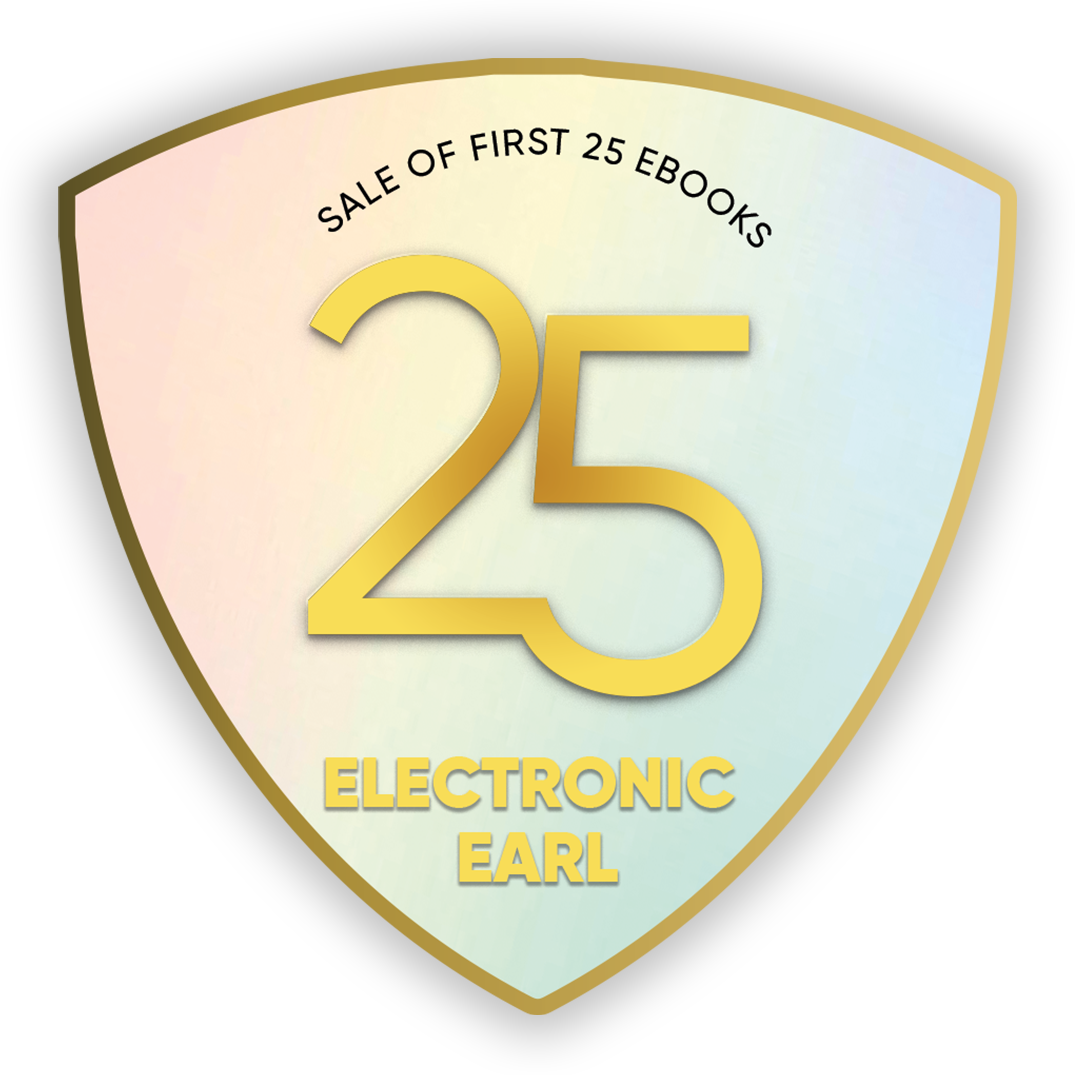
- Discover books
- For Writers
-
For Writers
-
Indie Author Championship
-
Challenges
Writing Contests
- Get Started

"It was a wonderful experience interacting with you and appreciate the way you have planned and executed the whole publication process within the agreed timelines.”
Subrat SaurabhAuthor of Kuch Woh Pal -
M. Jankiraman Ph. D
Dr. M. Jankiraman is an alumnus of the National Defence Academy, Khadakwasla, and passed out in 1967. He thereafter graduated from the Naval Electrical School, Jamnagar, India in 1971 receiving his B. Tech. Degree in Electronics and Telecommunications. Subsequently, he served as an Electrical Officer in the Indian Navy for many years. In 1982 he was seconded for research work in military electronics. He took part in several military research projects in India and won several awards for technology development in India. His research has spanned several disciplines, emphasizing signal processing,Read More...
Dr. M. Jankiraman is an alumnus of the National Defence Academy, Khadakwasla, and passed out in 1967. He thereafter graduated from the Naval Electrical School, Jamnagar, India in 1971 receiving his B. Tech. Degree in Electronics and Telecommunications. Subsequently, he served as an Electrical Officer in the Indian Navy for many years. In 1982 he was seconded for research work in military electronics. He took part in several military research projects in India and won several awards for technology development in India. His research has spanned several disciplines, emphasizing signal processing, in the development of naval mines, torpedoes, sonars, radars, and communication systems. He was awarded the Defence Research and Development Organization, DRDO, award of "Scientist of the Year 1985" for his work in developing naval mines. He retired from the Indian Navy in 1995 with the rank of Commodore and joined the International Research Centre for Telecommunication-transmission and Radar (IRCTR) at the Delft University of Technology, Netherlands in 1997. He completed his degree of Master of Technological design (MTD) in radars in 1999, graduating cum laude, and went on to complete his Ph.D. degree from the University of Aalborg, Denmark in wireless communications in September 2000. He is a Senior Member of IEEE (USA) and a Fellow of IE (India).
Read Less...
Crop your profile image

Design of Torpedoes and Naval Mines
Books by M. Jankiraman Ph.D
This book is about modern torpedo technology and naval mine design. It is written by an expert in underwater weapon systems. The author has spent many years designing torpedoes in all their aspects from homing to dynamics and control engineering, as well as torpedo proximity fuzes. He has also designed all types of naval mines. The author initially discusses the nature of underwater explosions and the detailed designing of torpedo electromagnetic (EM) proximit
This book is about modern torpedo technology and naval mine design. It is written by an expert in underwater weapon systems. The author has spent many years designing torpedoes in all their aspects from homing to dynamics and control engineering, as well as torpedo proximity fuzes. He has also designed all types of naval mines. The author initially discusses the nature of underwater explosions and the detailed designing of torpedo electromagnetic (EM) proximity fuzes based on it. The topic of EM proximity fuzes, considered a complex subject, is treated in an easy-to-understand manner. The topic is well explained with examples. Torpedo homing is then discussed in substantial detail as well as wake homing. The author discusses basic sonar theory for the uninitiated. He then discusses the evolution of torpedo homing and concludes with a cursory examination of the homing head of a contemporary torpedo.
The author then discusses the origin of naval mines and the various types of mines in existence. This topic is well explained with mathematical examples from the basic shell design to more complex naval mines. Special emphasis is given to ground mines and anchor mines. The limitations and advantages of each are discussed as well as problems encountered in minelaying. Specialized naval mines like the submarine-launched mobile mines (SLMM) are also examined as well as gliding mines. The complex issues behind the design of elaborate naval mines are discussed, again with minimum mathematics.
This book is designed to serve as a basic primer in such topics and it is hoped, will be appreciated by all involved in this field.
Torpedo Dynamics and Homing
Books by M. Jankiraman Ph.D
This book is about modern torpedo technology. It is written by a torpedo expert and covers torpedo dynamics, propulsion and homing techniques. The author has spent many years designing torpedoes in all its aspects from homing to dynamics and control engineering. The topic of torpedo dynamics is written in an easy-to-understand manner with minimum mathematics. The design of the torpedo control surfaces and the implications of the torpedo angle of attack and tri
This book is about modern torpedo technology. It is written by a torpedo expert and covers torpedo dynamics, propulsion and homing techniques. The author has spent many years designing torpedoes in all its aspects from homing to dynamics and control engineering. The topic of torpedo dynamics is written in an easy-to-understand manner with minimum mathematics. The design of the torpedo control surfaces and the implications of the torpedo angle of attack and trim are extensively discussed along with worked examples. The unique shape of the torpedo is also discussed, and it is noteworthy that, unlike missiles, there is very little scope for the torpedo shape to change. The reasons for this are discussed.
The author also discusses propeller theory, because torpedo propellers are special in that they are contra-rotating and silent to radiate minimum noise. The complex issues behind such simple-looking items are discussed, again with minimum mathematics.
Torpedo homing is discussed in substantial detail. The author discusses basic sonar theory for the uninitiated. He then discusses the evolution of torpedo homing and concludes with a cursory examination of the homing head of a contemporary torpedo.
Perspectives in Indian History
Books by M. Jankiraman Ph.D.
Perspectives in Indian History deals with the history of India from 10,000 BC until 1857 AD. It delves into the story of the Indus-Saraswati civilization and the development of the Vedas. Such a book has been written for the first time, wherein India’s history has been analyzed from the early Hindu period. Hitherto most history books have emphasized the Muslim period or the British period. These have been written by Muslim historians or European colon
Perspectives in Indian History deals with the history of India from 10,000 BC until 1857 AD. It delves into the story of the Indus-Saraswati civilization and the development of the Vedas. Such a book has been written for the first time, wherein India’s history has been analyzed from the early Hindu period. Hitherto most history books have emphasized the Muslim period or the British period. These have been written by Muslim historians or European colonists, which was often skewed by their fundamental bias that no civilization could equal their own.
During this retelling, the author covers the interesting aspects of each age starting with the Ramayana. He then examines hotly debated issues like whether Alexander the Great won or lost in India. The author carries out an analysis of the causes of the conquest of India by the Muslims. The author analyses detailed battleplans of major battles, which affected India’s history, like Panipat, Plassey, and many others, and discusses the weaponry and tactics used in these wars.
Pebbles on the Beach
Books by M. Jankiraman Ph.D.
This planet abounds in myths and legends prevalent in various cultures. More often than not, these are based on a kernel of truth. The facts get grossly exaggerated through the ages, much like a fishing tale!
Pebbles on the Beach is a concise examination of many of these. There are adequate references given at the end of each chapter, in case the reader wishes to follow-up on these. Some of the stories examined are pertaining to the year 2012, th
This planet abounds in myths and legends prevalent in various cultures. More often than not, these are based on a kernel of truth. The facts get grossly exaggerated through the ages, much like a fishing tale!
Pebbles on the Beach is a concise examination of many of these. There are adequate references given at the end of each chapter, in case the reader wishes to follow-up on these. Some of the stories examined are pertaining to the year 2012, the biblical end-of-times, as well as the story of Atlantis, the Ark of the Covenant, and an examination of the secrets of the Great Pyramid at Giza in Egypt, amongst others. This book also includes an investigation of the story of Moses, especially the identity of the Pharaoh responsible for the Exodus. This is a result of many years of patient study of such topics by the author and is presented for the first time in the form of one book for easy reading! One is reminded of the famous quote attributed to Sir Isaac Newton, wherein he said that
“I seem to have been only like a boy playing on the sea-shore, and diverting myself in now and then finding a smoother pebble or a prettier shell than ordinary, whilst the great ocean of truth lay all undiscovered before me.”
Perspectives in Indian History
Books by M. Jankiraman Ph.D.
Perspectives in Indian History deals with the history of India from 10,000 BC until 1857 AD. It delves into the story of the Indus-Saraswati civilization and the development of the Vedas. Such a book has been written for the first time, wherein India’s history has been analyzed from the early Hindu period. Hitherto most history books have emphasized the Muslim period or the British period. These have been written by Muslim historians or European colon
Perspectives in Indian History deals with the history of India from 10,000 BC until 1857 AD. It delves into the story of the Indus-Saraswati civilization and the development of the Vedas. Such a book has been written for the first time, wherein India’s history has been analyzed from the early Hindu period. Hitherto most history books have emphasized the Muslim period or the British period. These have been written by Muslim historians or European colonists, which was often skewed by their fundamental bias that no civilization could equal their own.
During this retelling, the author covers the interesting aspects of each age starting with the Ramayana. He then examines hotly debated issues like whether Alexander the Great won or lost in India. The author carries out an analysis of the causes of the conquest of India by the Muslims. The author analyses detailed battleplans of major battles, which affected India’s history, like Panipat, Plassey, and many others, and discusses the weaponry and tactics used in these wars.

Are you sure you want to close this?
You might lose all unsaved changes.
Select from one of our global stores to continue
 India
India
 Malaysia
Malaysia
 Singapore
Singapore
 UAE
UAE
Warning Message
The items in your Cart will be deleted, click ok to proceed.















